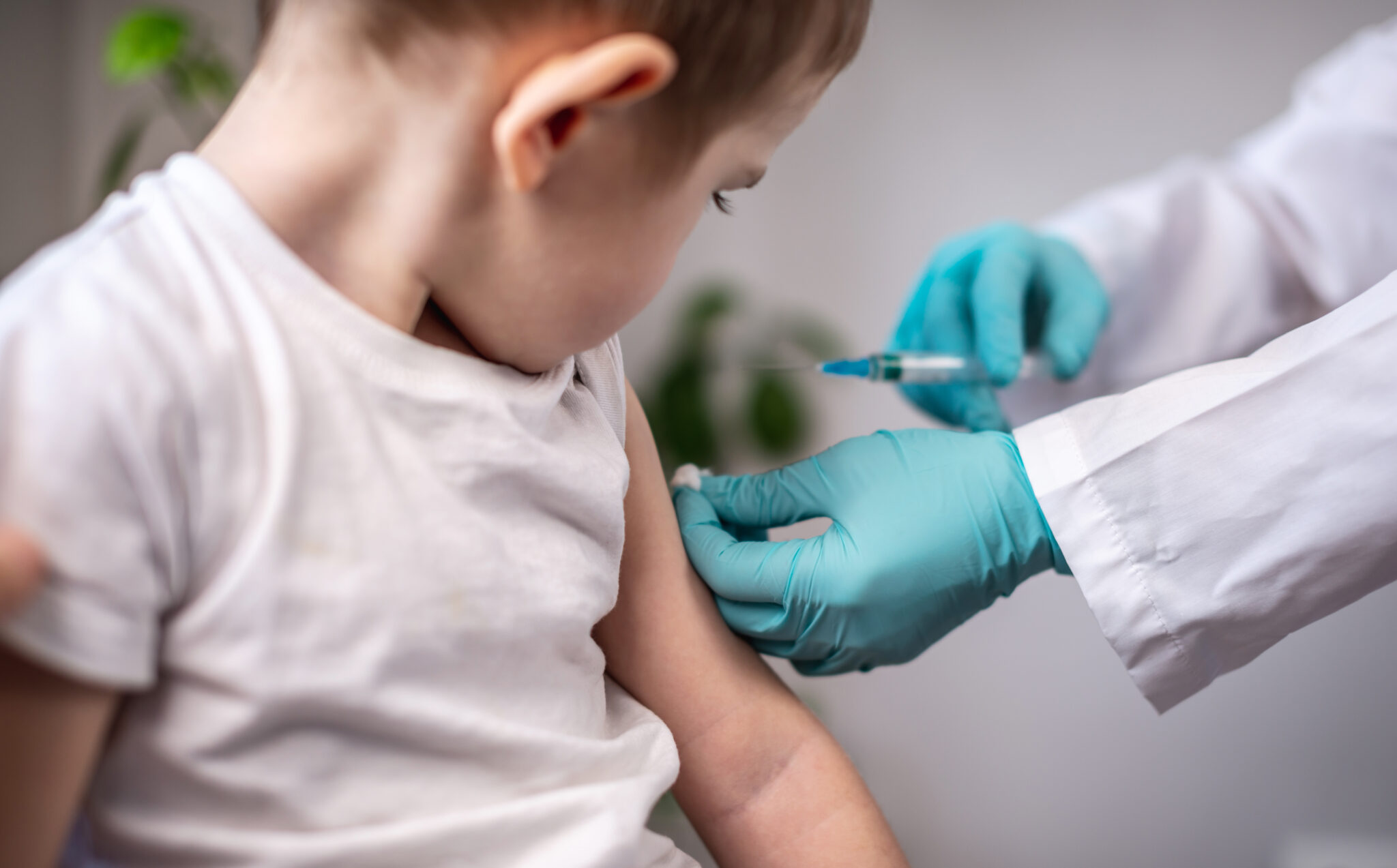The US Centers for Disease Control and Prevention’s vaccine experts made big changes on Friday. They voted to move away from easy access to COVID-19 vaccines for everyone. Now, people who want one must talk to a doctor first. This new way is called shared clinical decision-making. It means patients and health care providers decide together if the shot is right for them. The vote was full agreement from the group. But the team split on making a doctor’s note a must for the vaccine. That vote ended 6-6, with the chair saying no to break the tie.
This shift could make it harder for some folks to get protected from COVID-19. Experts worry it will lead to fewer people getting the shots. The changes are not set in stone yet. They need okay from the CDC’s acting boss, Jim O’Neill. He steps in after the last leader left suddenly last month. O’Neill works under the Health and Human Services Secretary Robert F. Kennedy Jr.
Key Changes for COVID-19 Vaccines: Talk to Your Doctor First
The Advisory Committee on Immunization Practices, or ACIP, set new rules for who should chat with a provider about COVID shots.
- For older adults: People 65 and up must discuss with a doctor or health care worker if they want the vaccine.
- For kids and younger grown-ups: Ages 6 months to 64 years follow the same talk-it-over rule. But the group stressed that shots help most for those at high risk of bad COVID. They listed risks like weak immune systems or health problems from the CDC’s guide.
This opt-in style means doctors start the chat, not just offer the shot. Not all doctors do that well. It often means fewer vaccines given. “It will create substantial confusion, and it will decrease uptake because of the confusion,” said one vaccine law expert.
Other doctors agree. It assumes everyone has a doctor and insurance. But millions in the US lose coverage each year. No universal health care makes it tough for some.
The FDA already limited this season’s shots to seniors 65-plus and high-risk younger people. Others might get it off-label if a provider says yes. ACIP votes guide states on rules. This could mean spotty access coast to coast. Some places might make it easy, others not.
Insurers say they will cover ACIP picks through 2026 at no cost. That includes COVID and flu shots for over 200 million people.
Extra Warnings and Consent: More Talks on Risks
In another vote, the group wanted updates to COVID vaccine info sheets. These tell risks and perks of shots. They asked to add at least six new worries and unknowns. Many came from early studies that got proven wrong later.
Law pros say ACIP can’t change those sheets alone. It needs a special CDC process. The group also said providers should weigh known COVID dangers in consent chats. Things like age, past infections, weak immunity, and CDC-listed health issues.
One work group leader said they talked to the right folks. He feels ACIP can suggest consent tips as part of vaccine policy advice.
Hepatitis B for Babies: Vote Put on Hold After Heated Debate
The meeting started rocky. Advisers delayed a key vote on hepatitis B shots for newborns. They had talked Thursday about waiting until at least one month old. Now babies get it right at birth in hospitals.
On Friday, one member pushed for even later, like 2 or 3 months. Then a vote to pause the whole thing passed 11-1. The chair of a vaccine work group voted against the delay. He cited fuzzy spots on safety, how well it works, and best timing.
But they did vote to test pregnant women for hepatitis B. That’s already standard care. The goal: Catch cases early to stop spread from mom to baby.
Anti-vaccine voices long question the birth dose. They say hepatitis B spreads via dirty needles or sex, not babies. One leader called it a money grab. But facts show success since 1991. Baby infections fell from 18,000 a year to about 20 now.
Kids who get it often face lifelong liver harm. That raises odds of scars, cancer, or transplants.
Liaisons asked for clear next steps. Why rethink now with no fresh proof? It’s unclear how they move forward.
MMRV Combo Shot: New Rules for Kids’ Vaccines
The team also fixed votes on the combined measles, mumps, rubella, and chickenpox vaccine, or MMRV. Thursday, they said no to it for young kids. But a second vote set different rules for low-income kids in the Vaccines for Children program.
Friday’s redo matched both to the no-use rule for under-4s. Nine yes votes, three skips.
One doctor liaison worried about mixed messages by income. It hints at weak data to change old ways, he said. No harm shown from the combo.
A committee member called the first vote wording messy. Friday brought clear fixes.
Medical groups fret too. The shift cuts parent choices for kids under 4. It leans on picked data, not full facts, one said.
What This Means for Families and Health Care
These votes shake up vaccine paths. Shared decisions sound fair but add hurdles. Confusion could drop shot rates. High-risk folks might miss out most.
For babies, hep B delay talk worries pros. It worked wonders for decades. Why risk backslide?
MMRV changes limit easy options. Parents face more shots or separate doses.
States watch ACIP close. Patchy rules might grow. Insurers hold to old coverage, a small win.
Experts urge clear CDC signoff. Act soon to cut mix-ups. As flu season nears, timely shots save lives.
This meeting shows tough balances. Safety, access, choice all clash. Families deserve straight info to pick best protection.






















